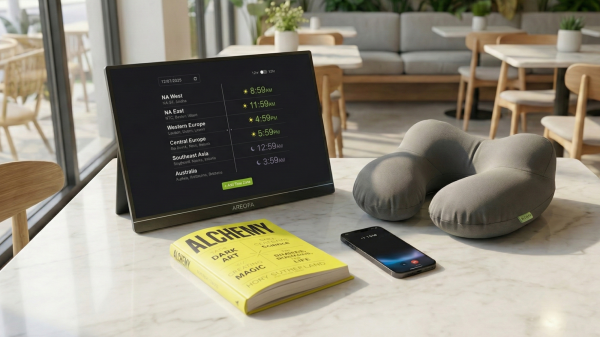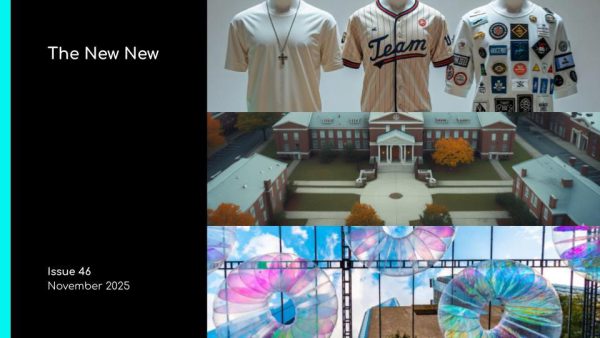Embracing Entertainment Trends
Attendees Are Drawn to Live and Interactive Activities at Events

The following are select quotes pulled from the original piece.
Brent Turner, senior vice president of marketing strategy at Cramer in Norwood, Massachusetts, says the corporate meetings and events industry is now in a “festivalization” era for all types of meetings and events.
“The hallmarks of large-scale music festivals, with experiential pillars like end-to-end music, experiential food, campus-like environments to explore and unstructured time for community collaboration, is changing how we design and build our events,” he says. “This festivalization-shift is best embodied at scale with Dreamforce and in-depth with C2 Montreal, but is also being deployed in small leadership meetings, large sales meetings, external launch events and across the meetings and events landscape.”
As Turner explains, the tried-and-true structure of “Sit in Ballrooms in the Day, Move Around with Entertainment at Night” does not align with the expectations and behaviors of today’s attendees. People want a much more active experience, regardless of the type of meeting or event they are attending.
The biggest shift being experienced in corporate meetings and events is one from “passive” to “active” entertainment. Turner says that while classic entertainment acts — where the attendees passively sit back and watch — still have their important role in meetings and events, attendees don’t want to sit still all day. They multitask. They move. And they want their moments of entertainment to be self-directed and interactive.
Festivalization Trend
“The best results, as we’ve heard from attendees, have been in some smaller explorations,” Turner says. From adding entertainment to food (like blender bikes) to bringing in unexpected selfie stations (like tiny rooms) to having roving talent (like an improv troop walking the halls during breaks) — these are moments of surprise and consistently delighting attendees in ways that traditional entertainment investments have been lacking.
“To hit these shifting attendee expectations and capture this festivalization trend, meeting planners are also reimagining how entertainment is designed into a program,” Turner says. “Planners are now designing in unstructured moments for serious play, creating experiences around food consumption and delivery, bringing in pets — especially puppies — for moments of levity, and, where possible, selecting unexpected venues that are, in their own right, an entertaining adventure for the attendee.”





